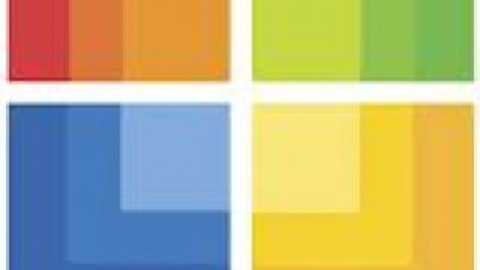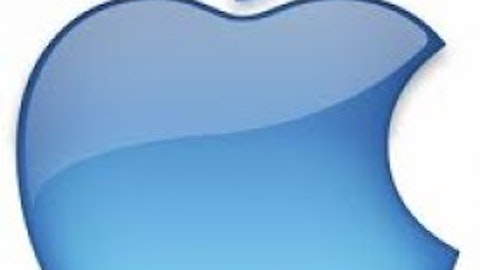Last month, Red Hat Inc (NYSE:RHT) reported its first quarter earnings report for fiscal year 2014. Revenue increased 15.4% year-over-year to $363.3 million, higher than analyst’s estimation of $359.5 million. The hike in its middleware segment and core business, Linux, drove this growth. Red Hat Inc (NYSE:RHT) caught investors’ attention due to its growth figures, despite constrained U.S. IT budgets in 2013, especially for software infrastructure.

Overall demand for Red Hat Inc (NYSE:RHT)’s products remained healthy, representing consumers affinity for Red Hat Inc (NYSE:RHT)’s products. The company’s top 120 deals increased their initial value 120%. Specifically, the company had 112 deals for over $1 million, 17 deals for over $5 million, and 6 deals over $10 million.
Mounting with middleware
The middleware segment of Red Hat Inc (NYSE:RHT) registered strong growth in the first quarter of 2014. Middleware is a type of software solution not available with the operating system, and it connects people on a common platform of a particular application. Red Hat Inc (NYSE:RHT) increased middleware deals due to increase in cross selling of middleware softwares to its Linux customers. Up until now, Red Hat ran the ‘trial’ version of its middleware software. Now, the company is converting the use of these versions from trial to paid ‘Red Hat’ supported versions.
Last year, Red Hat acquired FuseSource and Polymita to develop its middleware portfolio.
FuseSource is an open source messaging service, and Polymita provides business productivity technology. The new product additions to Red Hat’s middleware product portfolio were Fuse ESB Enterprise, Fuse MQ Enterprise, and Polymita’s BPM. Currently, Red Hat is continuously succeeding with acquisitions and the integration of features of above mentioned products with its existing middleware platforms, ‘Jboss, SOA’, and ‘BRMS.’ The resulting products integration are ‘JBoss Fuse’ and ‘JBoss A-MQ.’
Besides growth from the integration process, the increasing demand from the software developer community will bolster its middleware segment. The customer base of Java is quite strong; therefore, Red Hat is focusing on taking share in this market. Java based applications are a type of Android based middleware. Red Hat is continuously investing in next-generation application platforms like Java EE 6 and 7, which will attract the developer community that has a high affinity for such next-generation middlewares.
In the last decade, Red Hat’s operating system addressable market increased at an annual rate of 18.75%, and the company expects it to reach $53 billion in 2016. The company’s middleware segment has the potential to occupy 32% of this share, higher than all other segments. This is evidence of how middleware products will outperform the company’s other segments in the future.
Currently, the middleware software industry is dominated by International Business Machines Corp. (NYSE:IBM) with market share of 30.9%. Its key middleware product is Websphere. Red Hat might face huge competition from the market giant, but upon analyzing the features of Red Hat’s JBoss Fuse and International Business Machines Corp. (NYSE:IBM)’s ‘WebSphere Enterprise Service Bus,’ JBoss Fuse is more economical for users than its International Business Machines Corp. (NYSE:IBM) counterpart. Red Hat JBoss Fuse’s subscription is just 7.3% of IBM’s price, or $823,000 less than the list price offered by International Business Machines Corp. (NYSE:IBM).
During the second quarter, the middleware segment of International Business Machines Corp. (NYSE:IBM) registered growth due to Websphere. It accounted for 19.8% of total revenue in 2012. Facing threat from major competitor like JBoss Fuse, the segment is expected to grow at a slower rate. The revenue contribution in 2013 is expected to account to mere 20.5% and 20.6% in 2014.
Winner Linux
Red Hat is an industry leader in the operating system Linux with market share of 69%.
The company maintains its market dominance with strong growth in its core product, Linux, which increased 20%, year-over-year, to reach $870 million last year. The easing of Red Hat’s Linux bills in the last year drove this growth.





